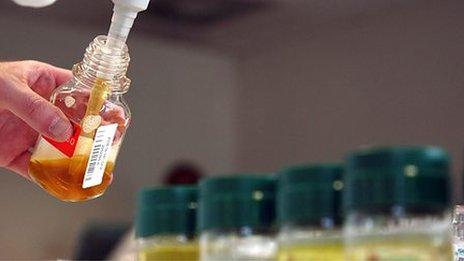Rivers help chart London's pandemic health
- Published
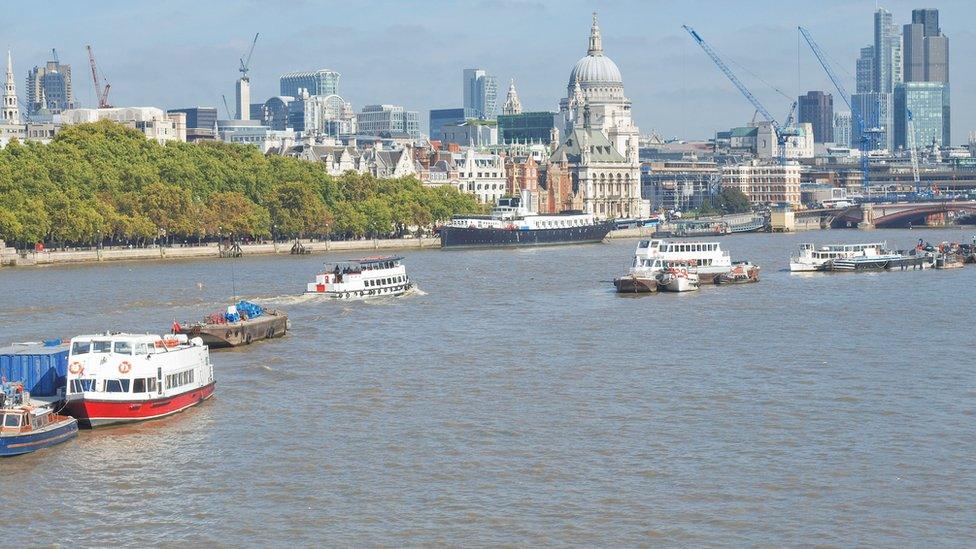
London's waterways hold clues about the city's health
Contamination of London's rivers by common medications went down during the first Covid lockdown, a study by Imperial College London has found.
Nearly 100 "contaminants of emerging concern" were found in the city's waterways during the study.
Pollutants included medications such as antibiotics and antidepressants.
"The city's health was reflected in the rivers' health," said lead researcher Dr Leon Barron.
The study took place form 2019 to 2021, allowing researchers to measure changes over the course of the pandemic.
During 2020, there was a significant decrease in traces of certain types of pollutants, including pharmaceuticals, in the River Thames.
Dr Barron told BBC London this could be down to lower numbers of people travelling into the capital during the first Covid lockdown, either for work or tourism.
The study also suggests that social distancing measures led to a drop in infectious illness, with the exception of Covid, meaning less medicine was being taken.
The researchers found that contaminants increased significantly again in 2021 with greater concentrations of antibiotics, anti-anxiety and antidepressant medications entering the city's waterways after restrictions were lifted.
Dr Barron said the measurements reflected "changes in public health and reduced movement of people to, from and within London during lockdowns".
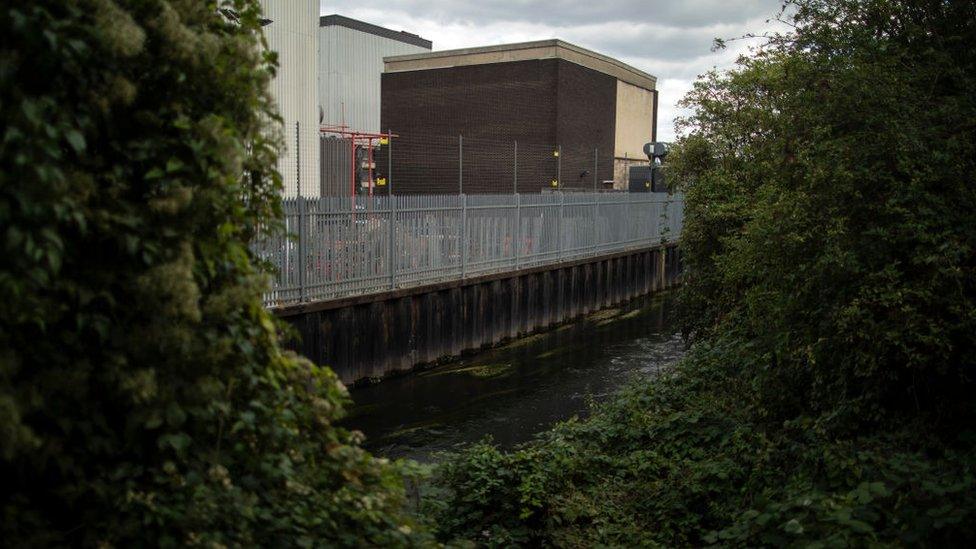
The River Wandle (pictured), River Brent, River Crane, River Lee and River Lea were among the waterways studied
The researchers compared their findings to data such as NHS prescription statistics to help chart specific medication trends.
The analysis also reveals that 21 of the chemicals detected posed a potential risk to the environment in freshwater ecosystems, including antibiotics, pain medication and pet parasite medications.
Prof Guy Woodward, one of the co-authors, said the study "picks up on several [chemicals] that are at potentially harmful concentrations for wildlife, but which have seemingly been overlooked in traditional surveys of our water quality in urban areas at this resolution".
The study, which is believed to be the largest of its kind ever conducted, was able to differentiate between various pollutants and pinpoint their geographical sources with accuracy.
It found that wastewater treatment plants and sewer overflows were the main sources of chemical risks.
Smaller rivers and tributaries feeding into major waterways like the River Thames were most affected by wastewater pollution, the study found.
Melanie Egli, PhD student and first author of the study, said the research highlighted the "need for increased monitoring and infrastructure investment for their protection".
- Published12 September 2023
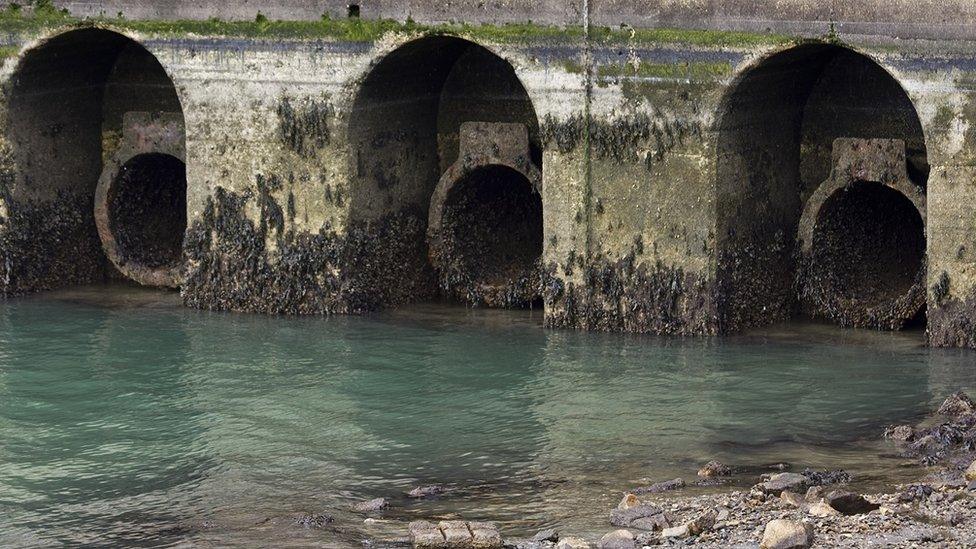
- Published5 September 2023
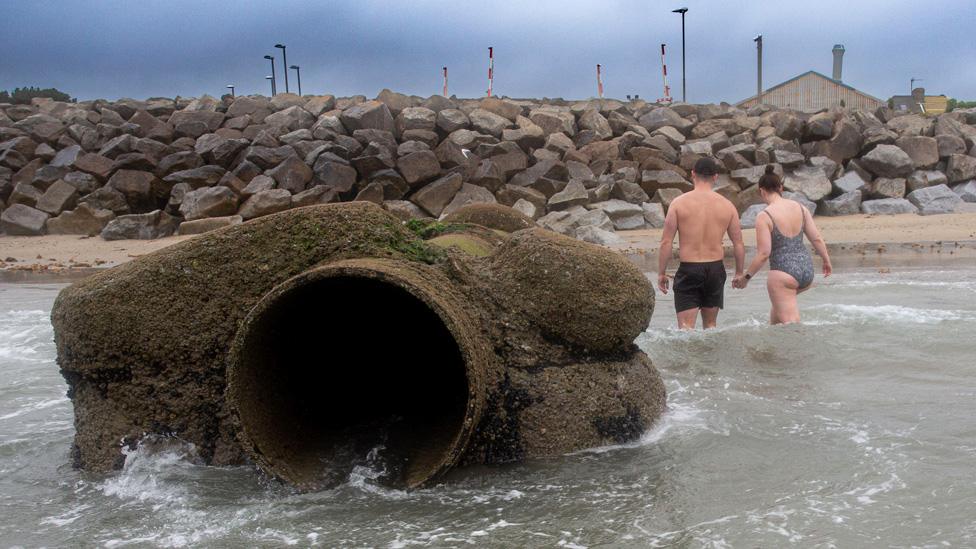
- Published12 September 2014
